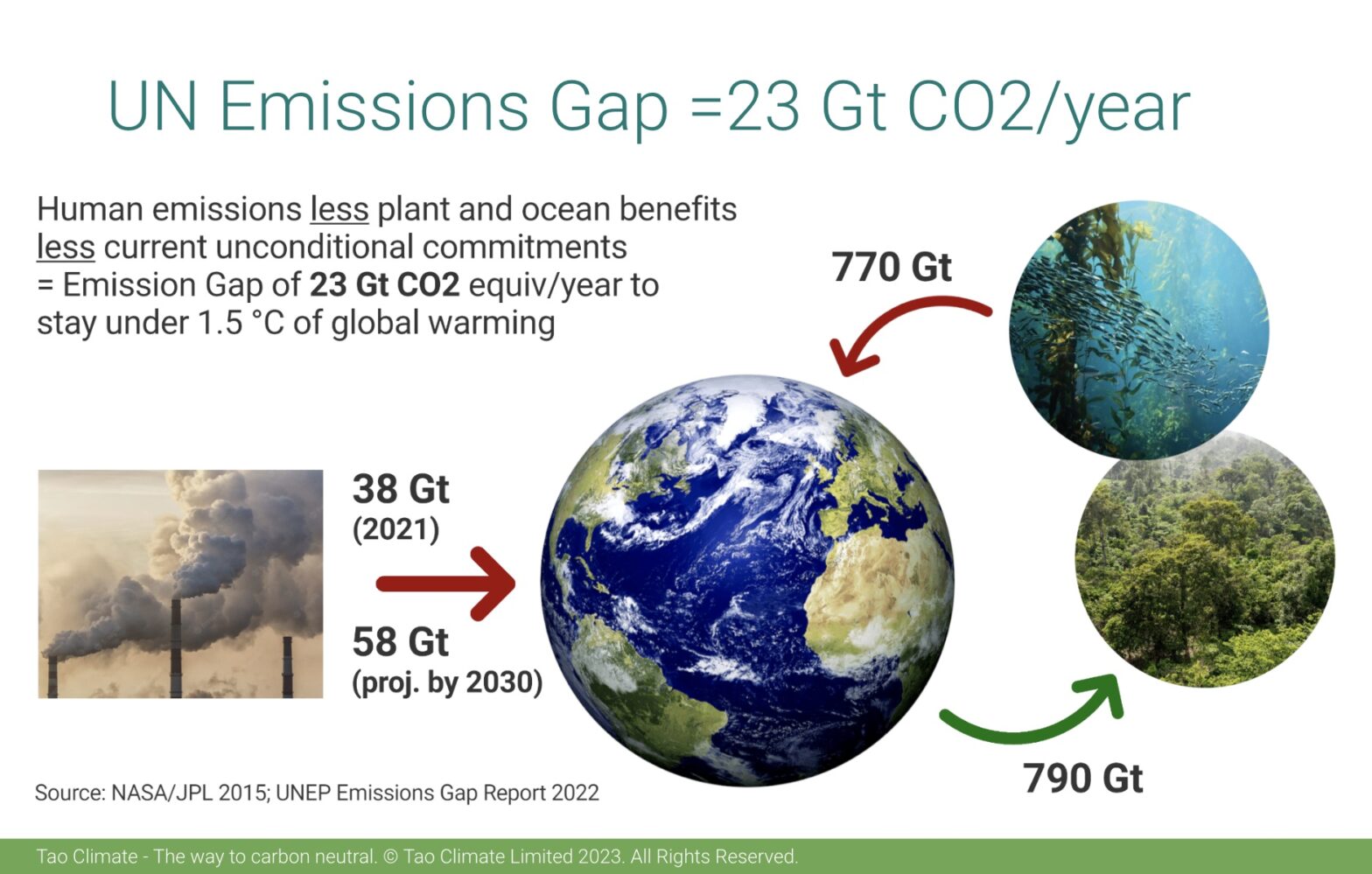Hemp’s versatility can solve multiple energy problems
Industrial hemp is a versatile crop that has the potential to play a significant role in meeting our energy needs. The plant can be used to produce a wide range of products, including biofuels, bioplastics, biomass, and building materials.

Hemp biofuels
One of the most promising uses of industrial hemp as a source of energy is the production of biofuels. Biofuels are liquid or gaseous fuels derived from biomass, such as plants or algae. Industrial hemp can be used to produce biofuels such as ethanol and biodiesel. The plant’s high yield and quick growth rate make it an attractive option for biofuel production. Additionally, industrial hemp can be grown on marginal land that may not be suitable for other crops, making it a sustainable option for biofuel production.
Another potential use of industrial hemp as an energy source is the production of bioplastics. Bioplastics are plastics made from renewable biomass sources, such as plants. Industrial hemp can be used to produce bioplastics such as cellulose, which can be used to make a wide range of products, including packaging materials, textiles, and automotive parts. Bioplastics made from industrial hemp are biodegradable and compostable, making them a more environmentally friendly alternative to traditional plastics.
Industrial hemp can also be used as a building material. The plant’s strong and durable fibres can be used to make a variety of products, including insulation, flooring, and panelling. Using industrial hemp as a building material can reduce the need for energy-intensive materials such as concrete and steel, and also help to improve the energy efficiency of buildings.
In addition to these uses, industrial hemp can also be used to produce electricity. The plant’s fast growth rate and high yield make it a good option for producing biomass for power generation. Biomass can be burned to generate electricity, or it can be converted into a gas or liquid fuel for use in power generation.
Hemp biomass
Hemp biomass is a renewable energy source that can be used for electricity generation. Biomass is plant material that can be converted into energy through combustion, gasification, or anaerobic digestion. Hemp is a type of cannabis plant that is grown for industrial purposes and has a high yield of biomass per acre.
One way that hemp biomass can be used for electricity generation is through combustion. In this process, the hemp is burned to produce heat, which is then used to generate electricity. This can be done in a power plant that is specifically designed for biomass combustion or in a combined heat and power (CHP) plant that can also produce heat for other uses. The combustion process is relatively simple and can be done using existing technology.
Another way to use hemp biomass for electricity generation is through gasification. In this process, the hemp is heated in the absence of oxygen to produce synthesis gas, also known as syngas. Syngas can be used to generate electricity through combustion or can be converted into other forms of energy such as biofuels. Gasification is a more complex process than combustion, but it can produce a higher energy yield from hemp biomass.
Anaerobic digestion is a third way to use hemp biomass for electricity generation. This process involves the breakdown of organic matter in the absence of oxygen to produce methane, which can be used to generate electricity. This process is most commonly used to produce biogas from agricultural waste, but it can also be used to produce biogas from hemp biomass.
In addition to electricity generation, hemp biomass can also be used to produce other forms of energy such as biofuels. Biofuels are liquid or gaseous fuels made from biomass that can be used to power vehicles or as a heat source. Biofuels can be made from hemp oil, which can be extracted from the seeds of the hemp plant, or from the cellulose in the hemp stalks.
Hemp biomass is a versatile and sustainable energy source that can be used for electricity generation, as well as for other forms of energy such as biofuels. It has a high yield per acre and can be grown in many different regions, making it a valuable alternative to traditional fossil fuels. As more countries are looking to reduce their dependence on fossil fuels and promote the use of renewable energy, hemp biomass is becoming an increasingly attractive option.
However, It’s important to note that the technology for using hemp biomass for energy is still in its early stages, and further research and development is needed to improve the efficiency and scale of these processes. Additionally, the cost of harvesting and processing hemp biomass into energy is still relatively high compared to other biomass feedstocks like corn or switchgrass. Additionally, it’s important to note that hemp is a crop that requires water and may require fertilisers, so that is a consideration to take into account when talking about hemp as a sustainable energy source.
Hemp biomass is a viable and sustainable energy source that can be used for electricity generation, as well as for other forms of energy such as biofuels. It has a high yield per acre and can be grown in many different regions, making it a valuable alternative to traditional fossil fuels. While further research and development is needed to improve the efficiency and scale of these processes, and the cost of harvesting and processing is still relatively high, hemp biomass is a viable option to consider as a renewable energy source.

Hemp for energy
In conclusion, industrial hemp has the potential to play a significant role in meeting our energy needs. The plant can be used to produce biofuels, bioplastics, building materials, and electricity. Additionally, industrial hemp is a sustainable crop that can be grown on marginal land, making it an attractive option for energy production. With more research and development, industrial hemp could become an important part of our energy mix.
If you work in energy and would like to get to carbon zero quickly and effectively, get in touch with us today.
Latest posts
- We’re in the XPRIZE Top 100 in the World
- Earth Day 2024: Planet vs. Plastics
- Tao Climate Urges UN Commission on Narcotic Drugs to Exclude Industrial Hemp from Narcotics Conventions
- Our Double Impact Pledge for 2030: Sequester 1 Gigatonne of Carbon in Hemp Housing for 300 Million People
- Hemp Finalist Entry in Elon Musk’s XPRIZE
Founder and CEO at Hempoffset.com and TaoClimate.com.
Hempoffset works with hemp growers and makers worldwide, to capture and sequester CO2 at scale, while building a sustainable world.
Tao Climate works with companies and individuals that want to measure, minimise and manage their carbon footprints. Tao Climate is the way to carbon neutral.
We are proud members of the Google Startups for Sustainable Development program.

